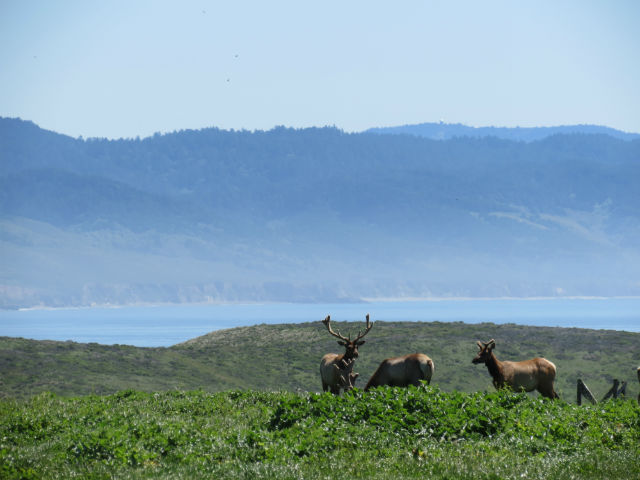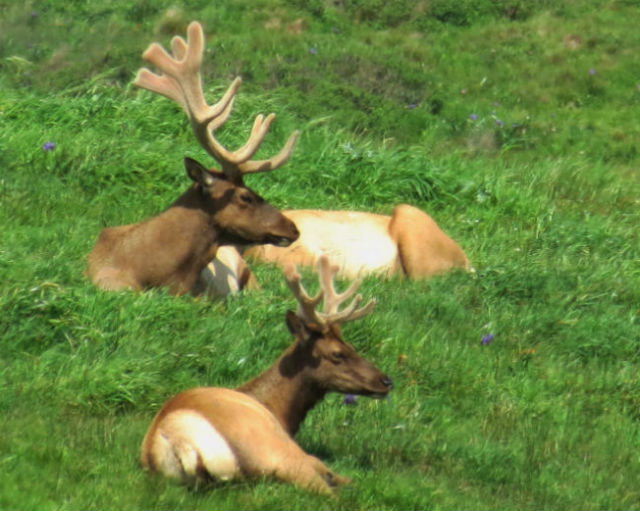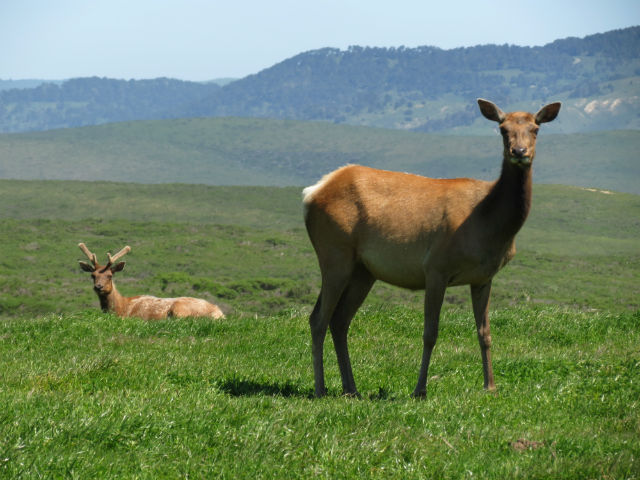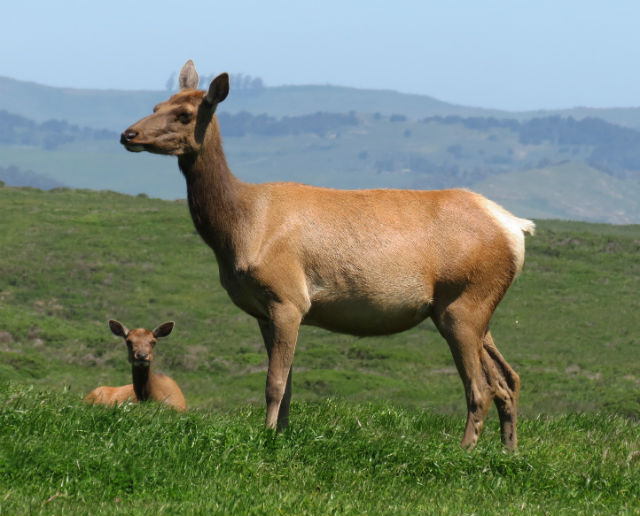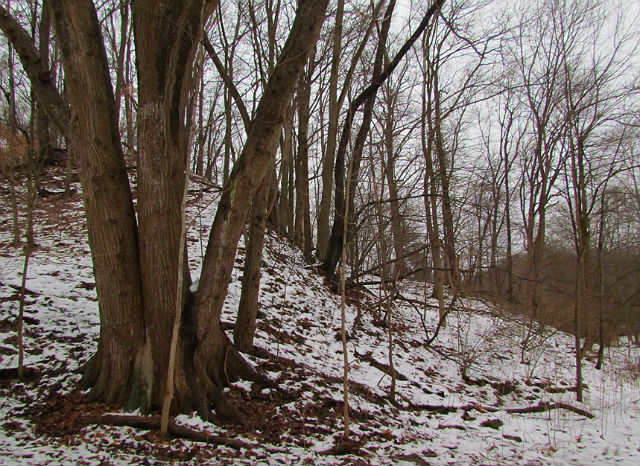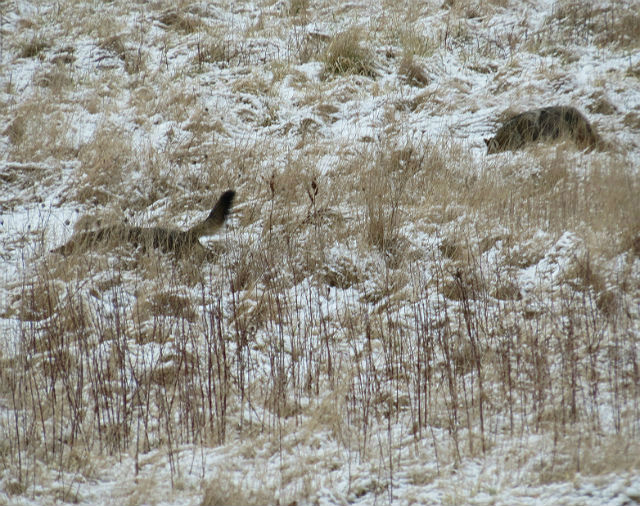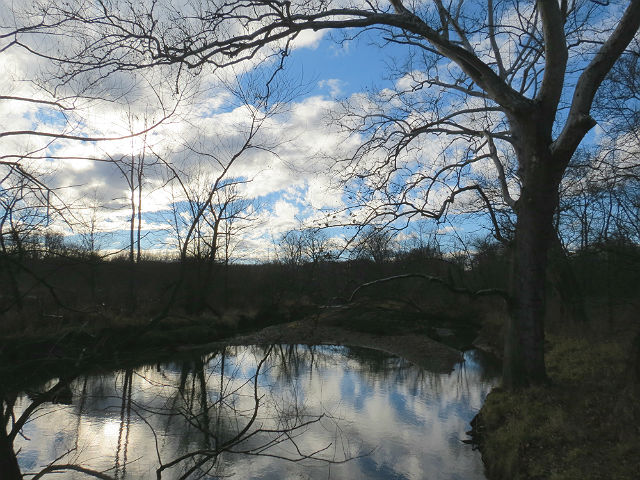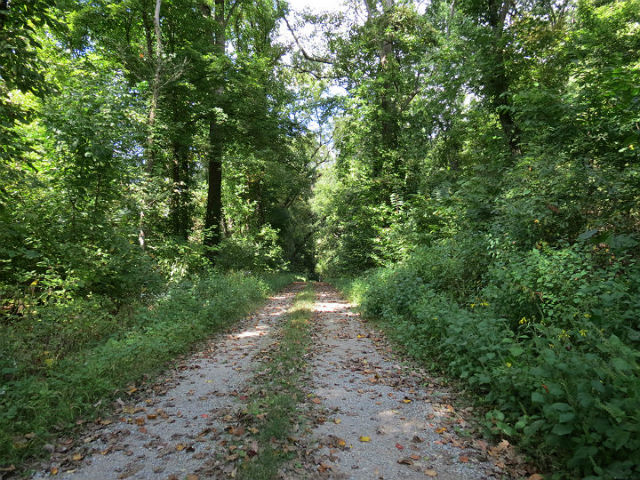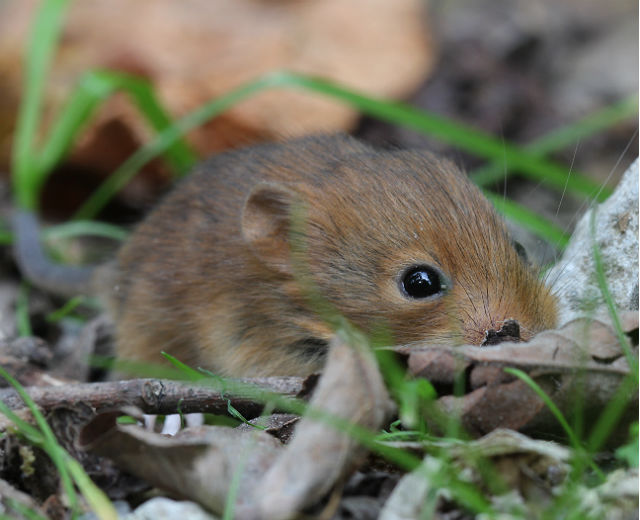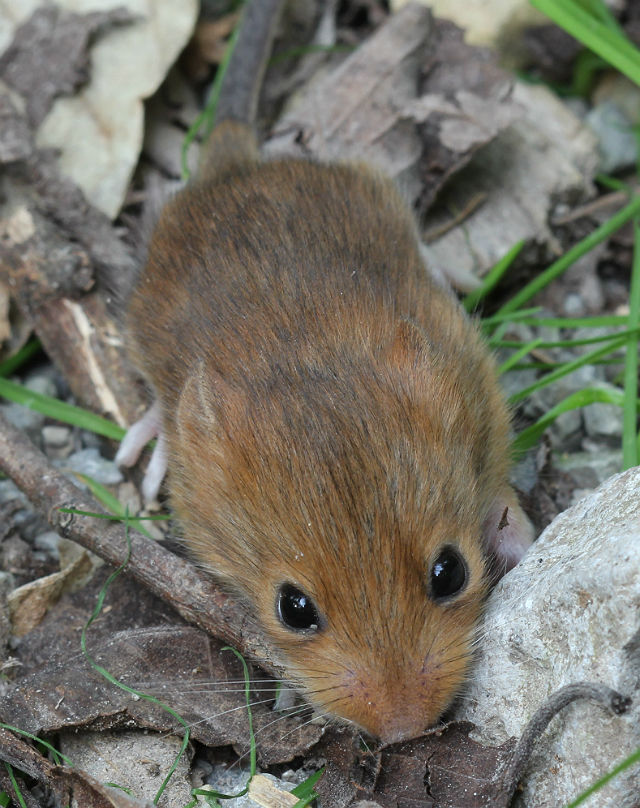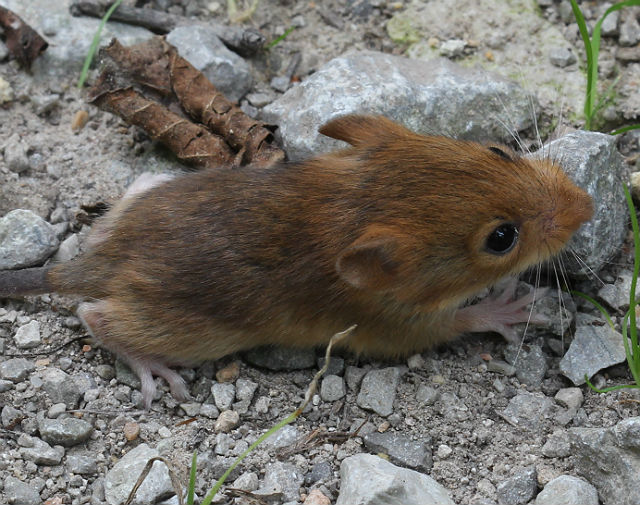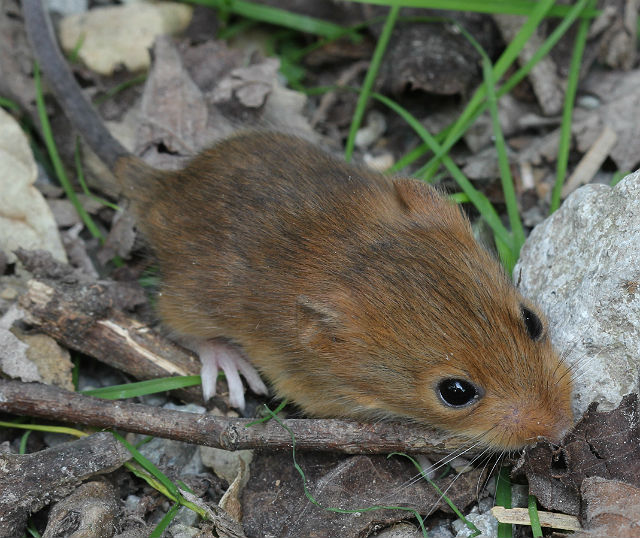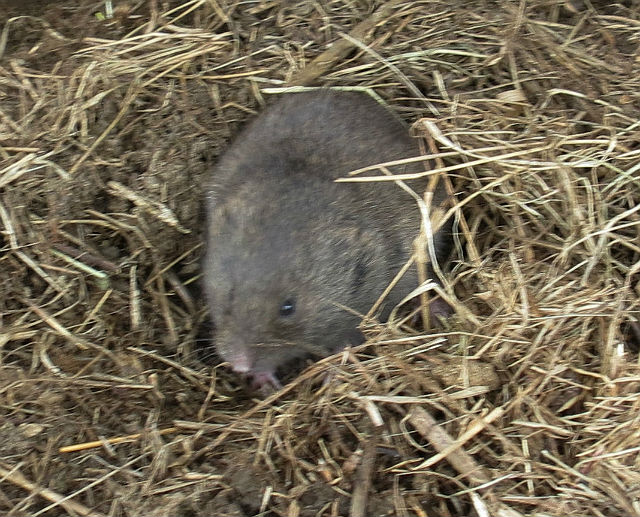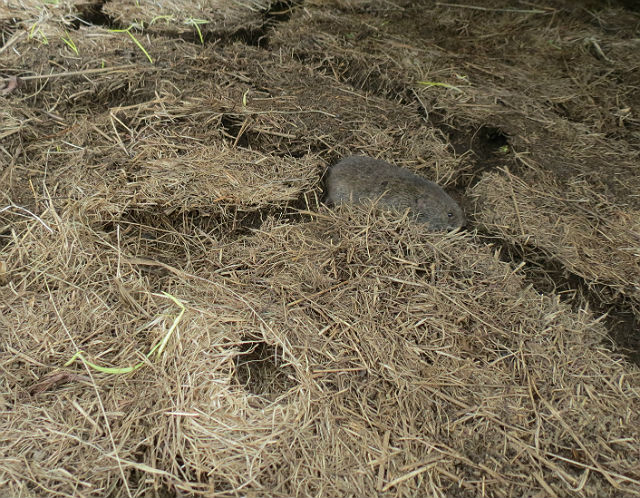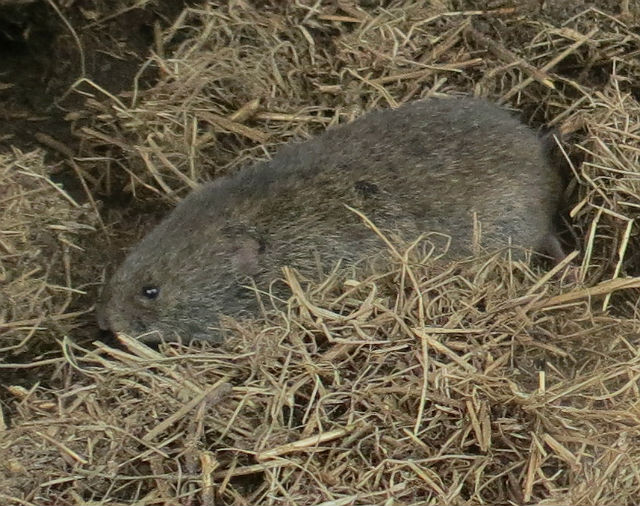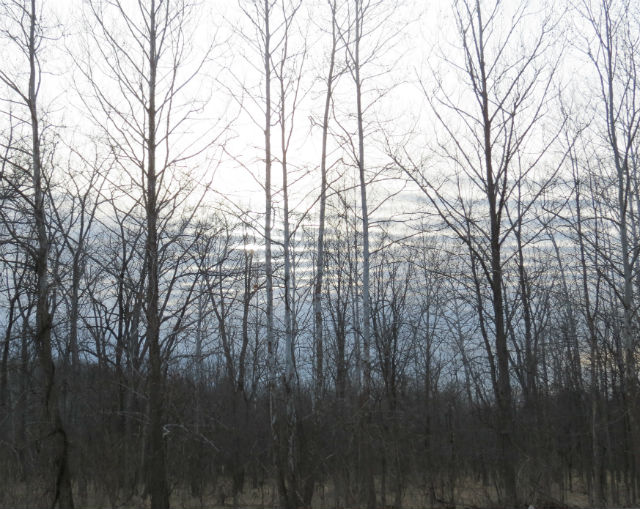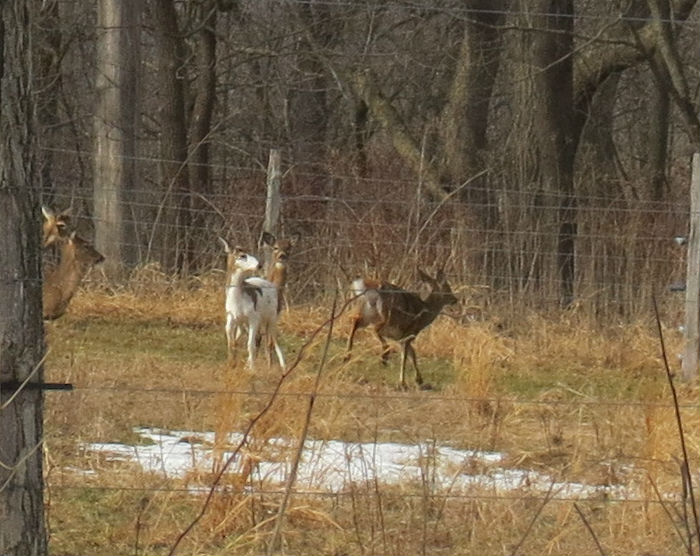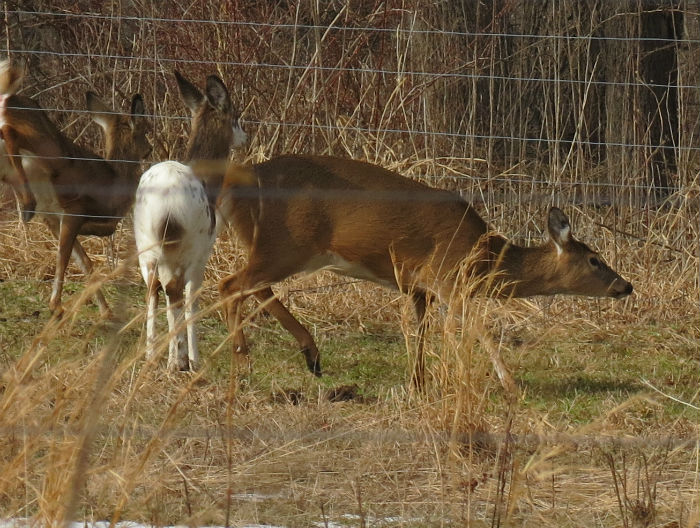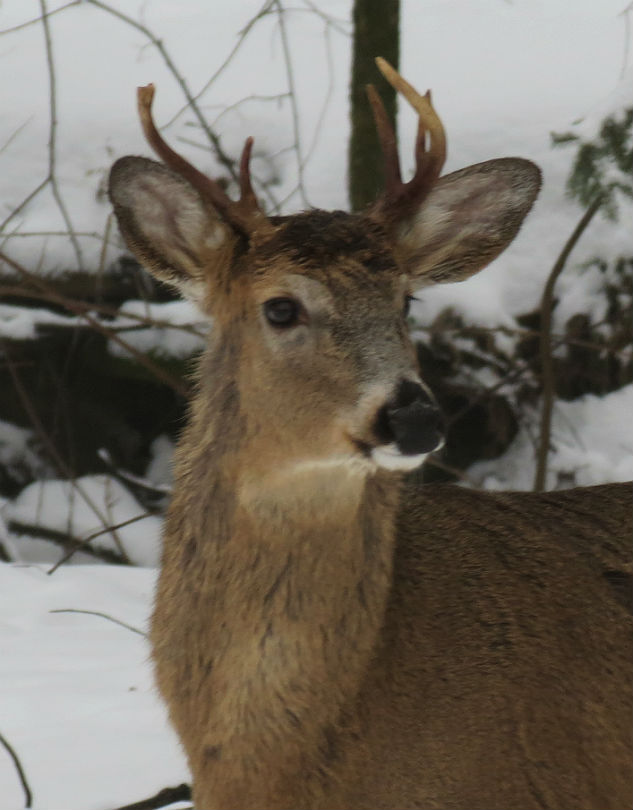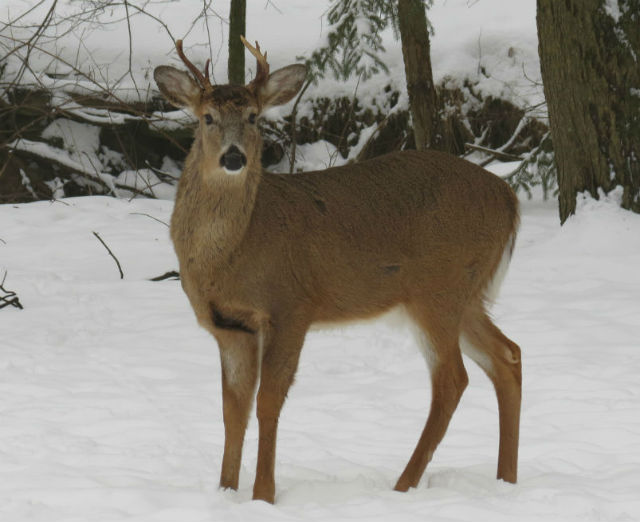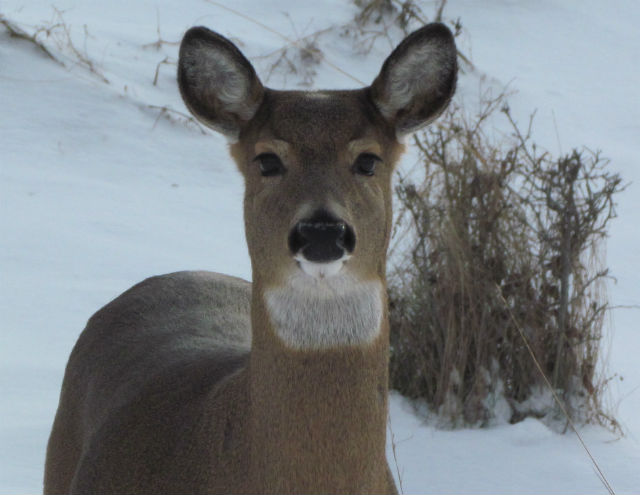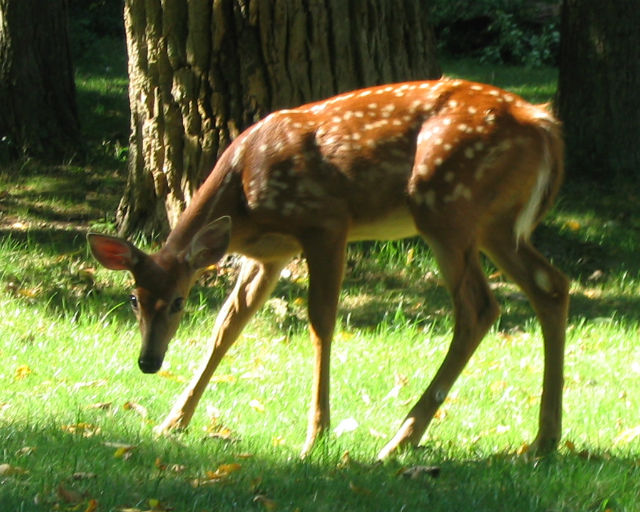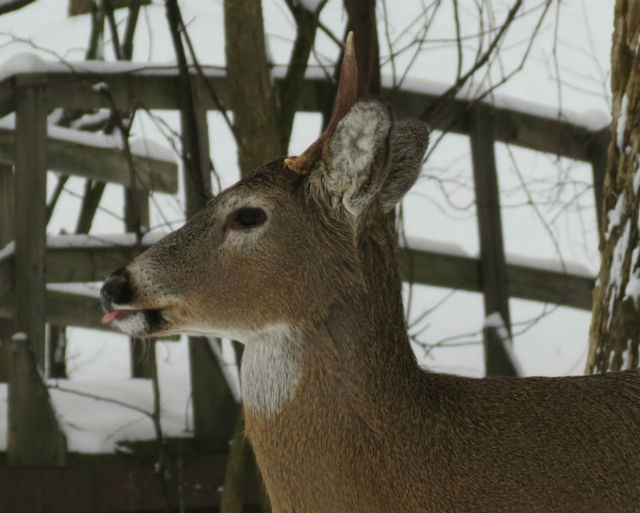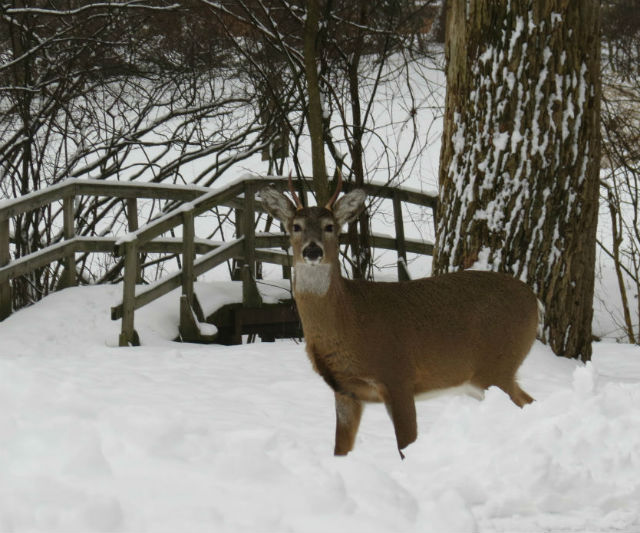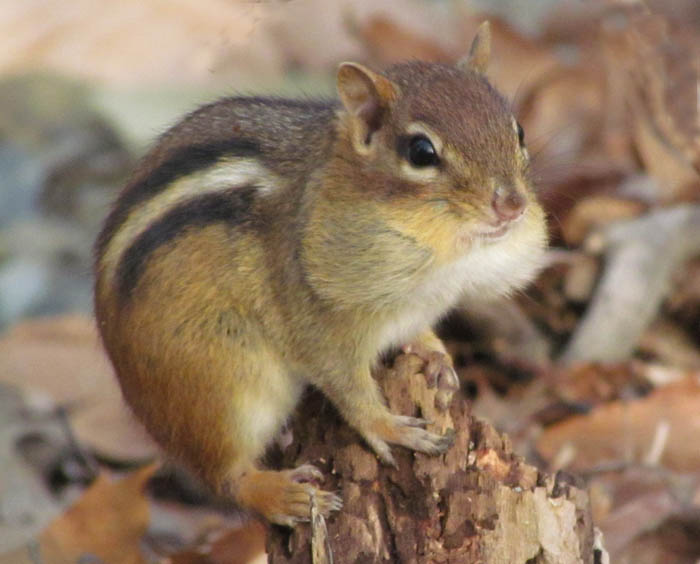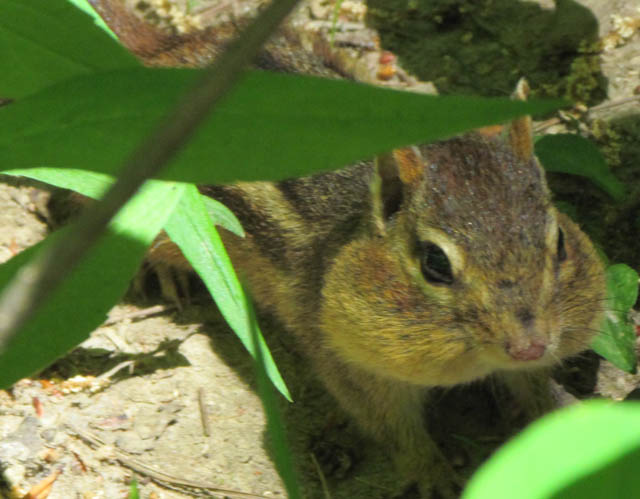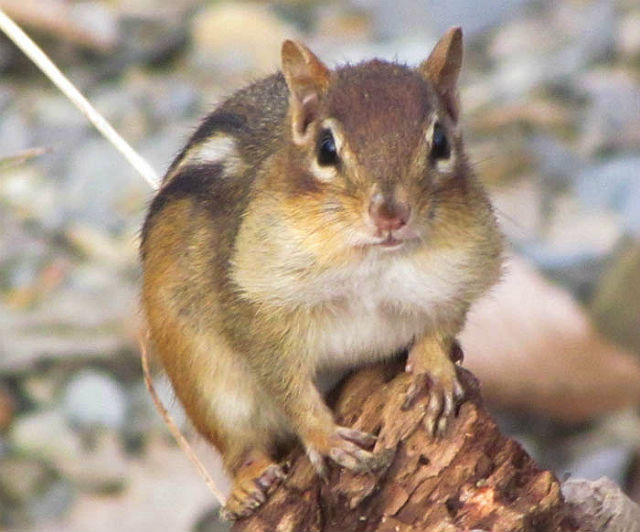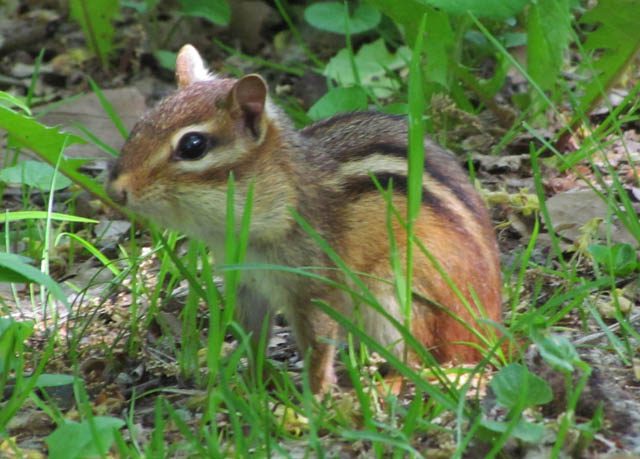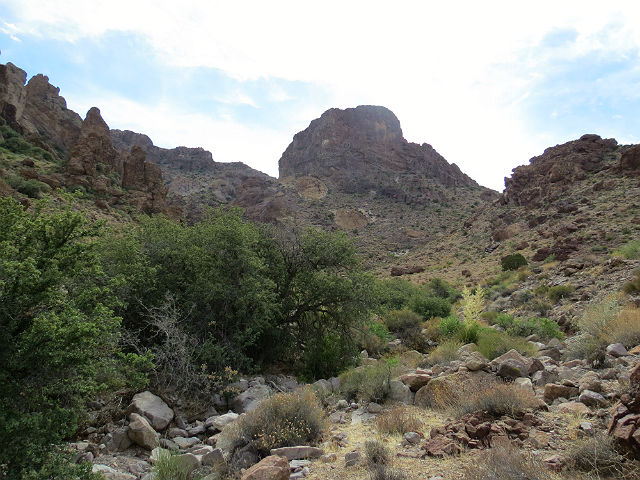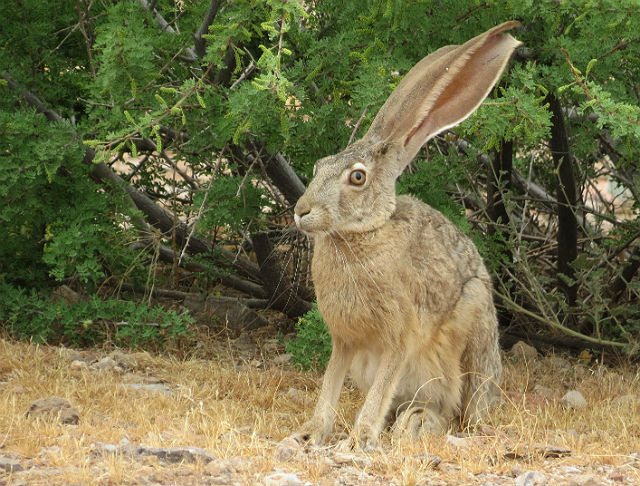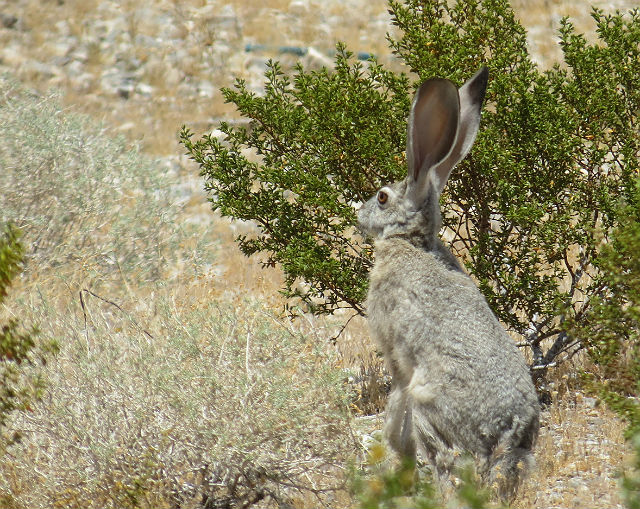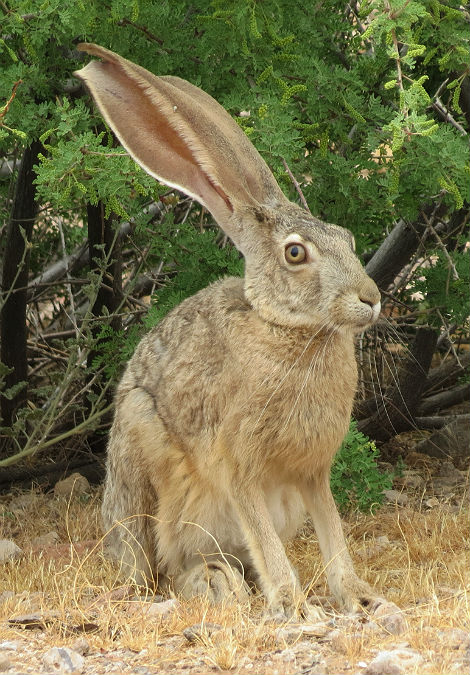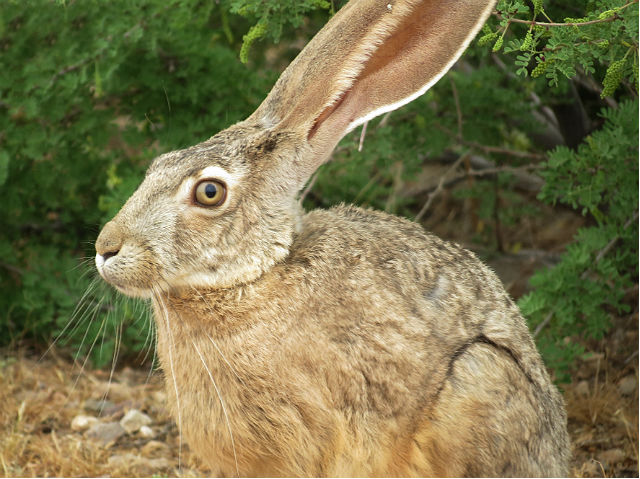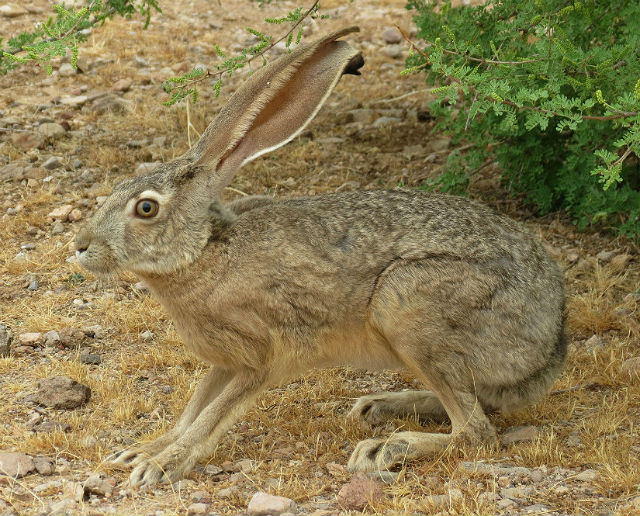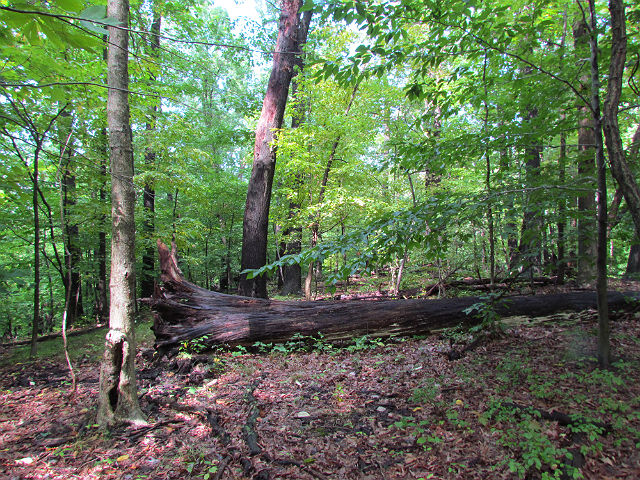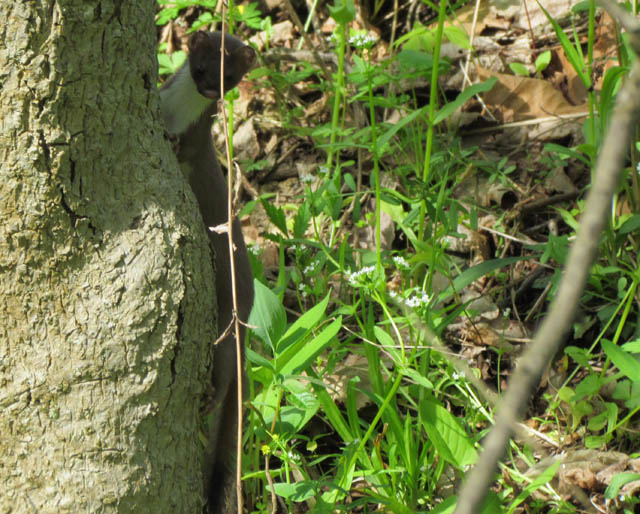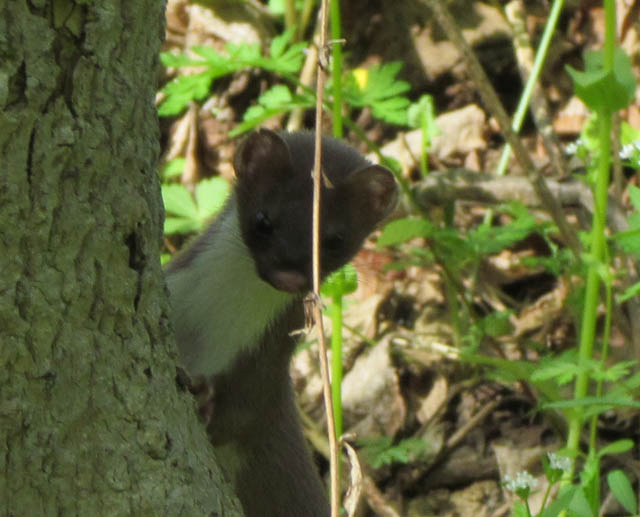I saw these majestic animals on my visit to California. This is a subspecies of elk native is to California and found nowhere else, ranging from the grasslands and marshlands of the Central Valley to the grassy hills on the coast.
When the Europeans first arrived, an estimated 500,000 tule elk roamed the state, but by 1870 they were thought to be extinct, primarily due to uncontrolled hunting and displacement by cattle. By some accounts, fewer than 30 remained in a single herd near Bakersfield in the mid-1870s. Through conservation efforts, their numbers are now around 4,000.
Elk are highly social animals, but the extent of herding can vary by their gender and the time of year. A fully matured bull (or stag) can weigh 700 pounds with the females about three-fourths as large. Only males have antlers, which are rounded and widely spread and average four to six points on each antler.
These mammals play a critical role in preventing succession of open grasslands to less diverse, shrub-dominated ecosystems. Their grazing seems to have a positive impact on native grassland species abundance and diversity.
The Tule Elk will probably never return to their historic numbers or range because of human’s use of the land and lack of suitable elk habitat, but it was cool to see these animals for the first time.

